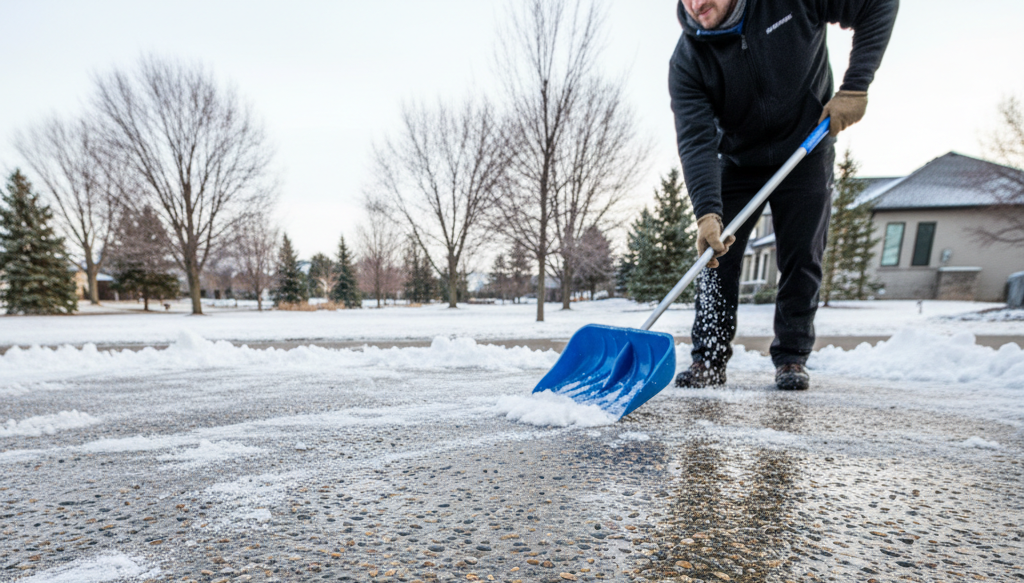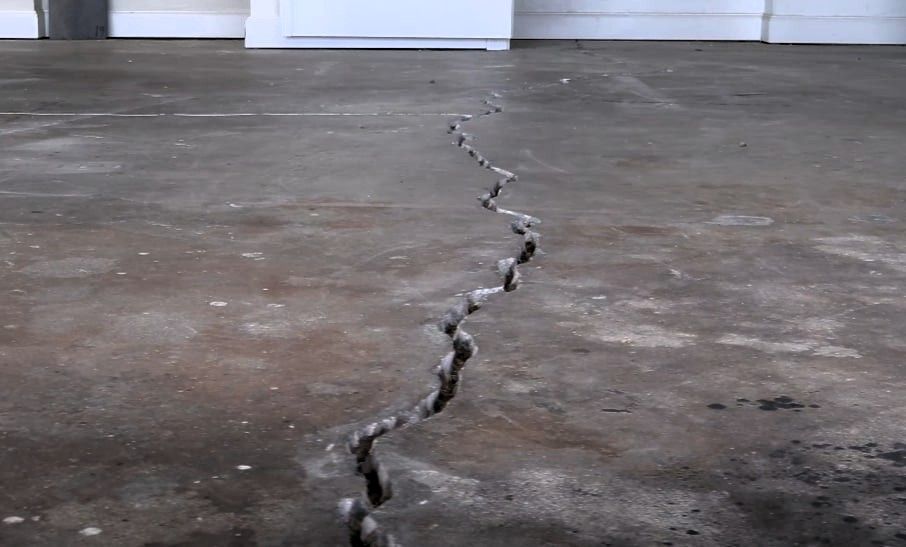What You Need to Know About Concrete Removal: A Comprehensive Guide
Learn the best practices for safely and efficiently removing concrete

Our homes are our sanctuaries, where we spend most of our time. Naturally, we want them to be not only cozy but also safe and aesthetically pleasing. This includes having functional concrete surfaces like patios, driveways, or steps. However, as time passes, concrete can wear down, showing cracks, uneven surfaces, or other structural problems. If you're thinking about improving your property's concrete features, it's crucial to have a good grasp of the concrete removal process. Let's explore it together.
Understanding Concrete Removal
Removing concrete is more than just breaking it apart and removing it. It's a process that involves careful planning, the use of appropriate tools, and sometimes, the help of professionals. While it might seem doable to remove concrete on your own, especially for smaller areas, larger projects are better handled by experts who have the necessary skills and equipment.
Signs You Need Concrete Removal
Before jumping into the concrete removal process, it's important to determine whether your concrete needs a repair or a complete overhaul. Here are some telltale signs that might signal it's time for a concrete removal:
- Deep Cracks: Large, wide cracks that compromise the structural integrity of the concrete.
- Significant Settling: If the concrete has shifted significantly due to soil movement or other factors, making it uneven or hazardous.
- Spalling: Severe flaking or crumbling of the concrete surface, often caused by weathering or other damage.
- Frost Heave: Upward swelling of the ground due to freezing moisture, leading to concrete damage.
DIY vs. Hiring Professionals
Deciding whether to remove concrete yourself or hire professionals depends on various factors:
- Thickness of Concrete: Thinner slabs can often be removed with basic tools, while thicker slabs may require heavy machinery and expertise.
- Reinforcement: Concrete reinforced with metal bars or mesh requires specialized tools and safety precautions.
- Utility Lines: Underground utility lines pose a significant risk during concrete removal and should be considered before attempting DIY removal.
Safety First
Whether you're tackling the concrete removal yourself or hiring professionals, safety should be your top concern. Make sure you're equipped with the right protective gear, such as goggles, gloves, and masks. If you're unsure about any part of the process, it's always better to seek advice from the experts.
The Concrete Removal Process
Once you've determined that concrete removal is necessary and have taken safety precautions, you can proceed with the removal process. Here's a general overview:
- Preparation: Disconnect utilities, assess for hazards like asbestos, and establish safety barriers.
- Breaking Up Concrete: Depending on the thickness and reinforcement of the concrete, you may use tools like sledgehammers, jackhammers, or angle grinders to break it into manageable pieces.
- Disposal: Correct disposal of concrete debris is a must. Some concrete can be recycled, while other methods of disposal may be necessary for larger projects.
Hiring Professional Concrete Removal Services
While DIY removal is an option for some homeowners, hiring professionals offers several benefits, including:
- Expertise: Professionals have the knowledge and experience to handle concrete removal safely and efficiently.
- Safety: Professionals are trained to identify and mitigate potential hazards during the removal process.
- Proper Equipment: Professional concrete removal companies have access to specialized tools and machinery, saving time and effort.
How long does it take for concrete removal?
Removing concrete takes time, and how much time depends on a few different things. For example, if you're taking out a small section of sidewalk that's 3 inches thick, it might take about 2 minutes per square foot with a jackhammer. But if you're using a sledgehammer, it could take about 6 minutes per square foot. So, the method you choose and the size of the area you're removing can affect how long it takes.
Contact Grand Rapids Concrete Pros for Professional Concrete Removal Services
If you're in the Grand Rapids area and need professional concrete removal services, Grand Rapids Concrete Pros is here to help. Our team of experts has the knowledge, experience, and tools to handle concrete removal projects of any size. Whether you're upgrading your property or addressing structural issues, we're equipped to assist you. Contact us to discuss your concrete removal project.





